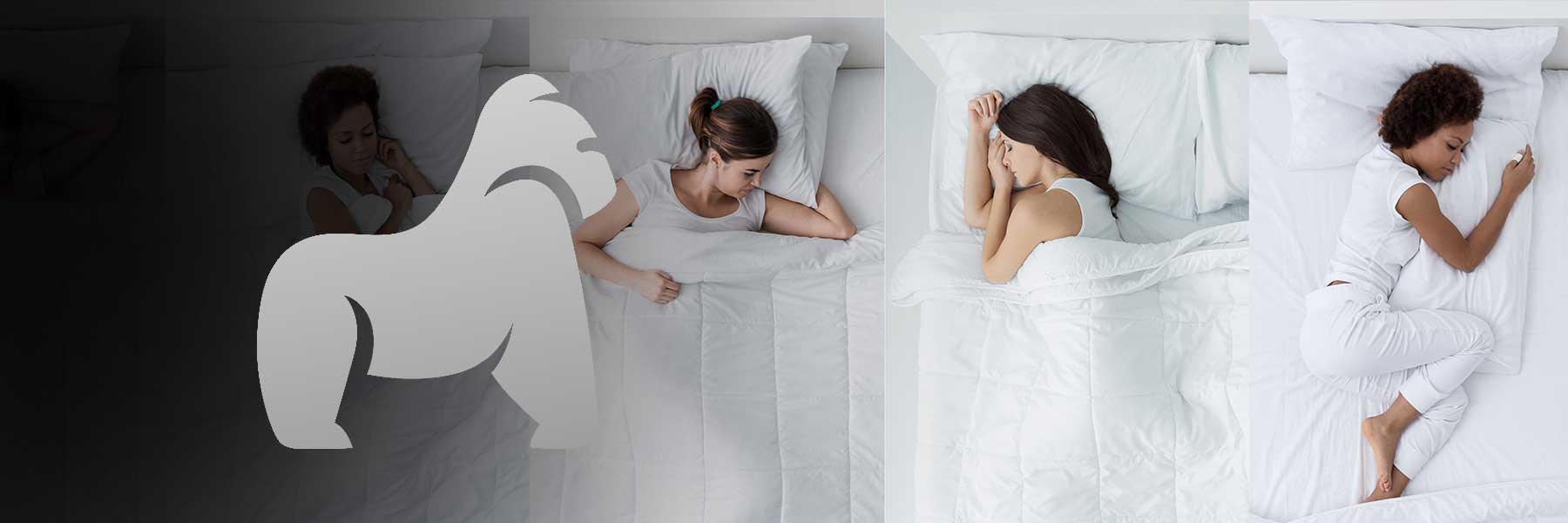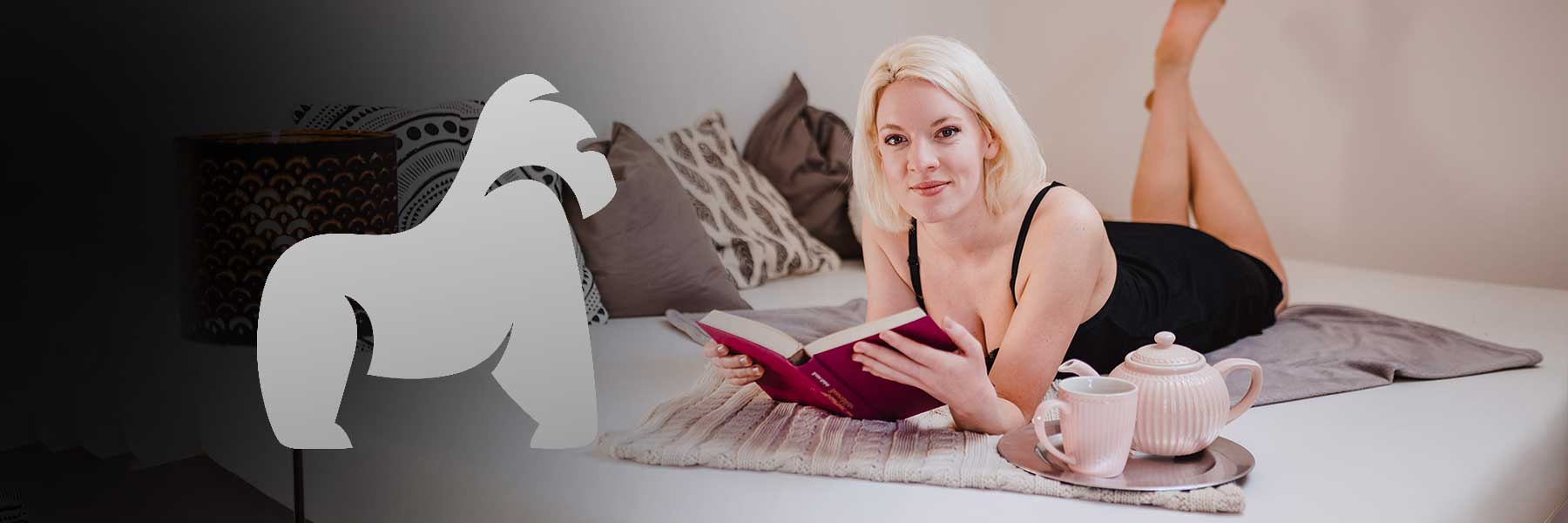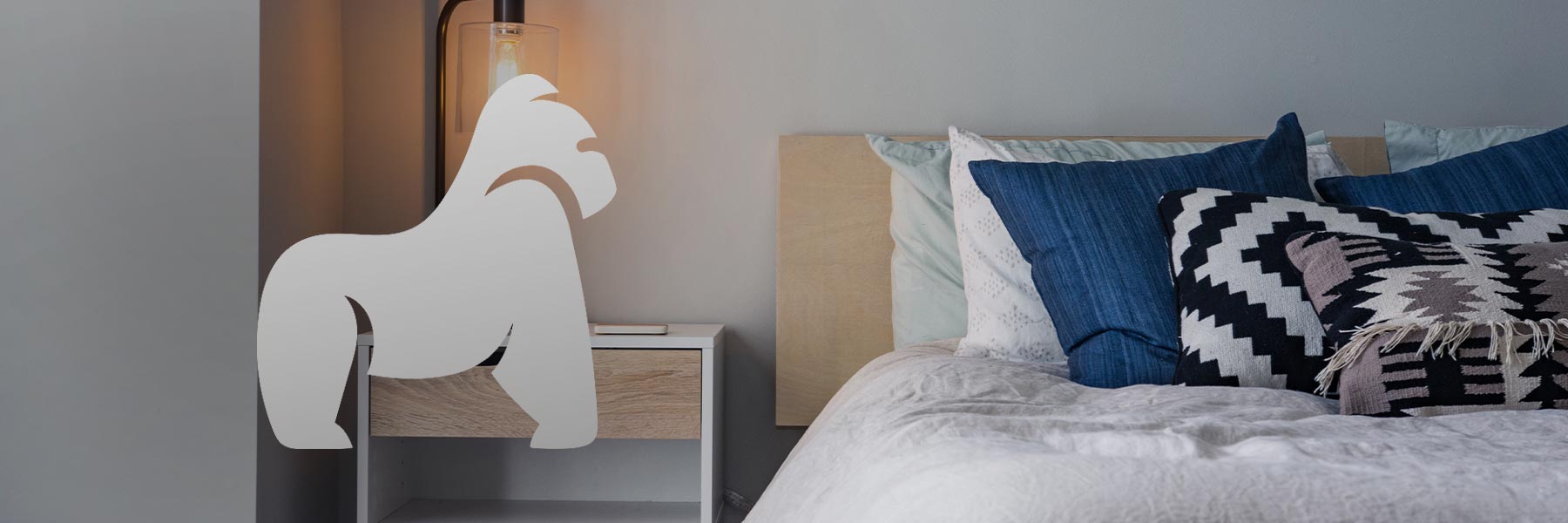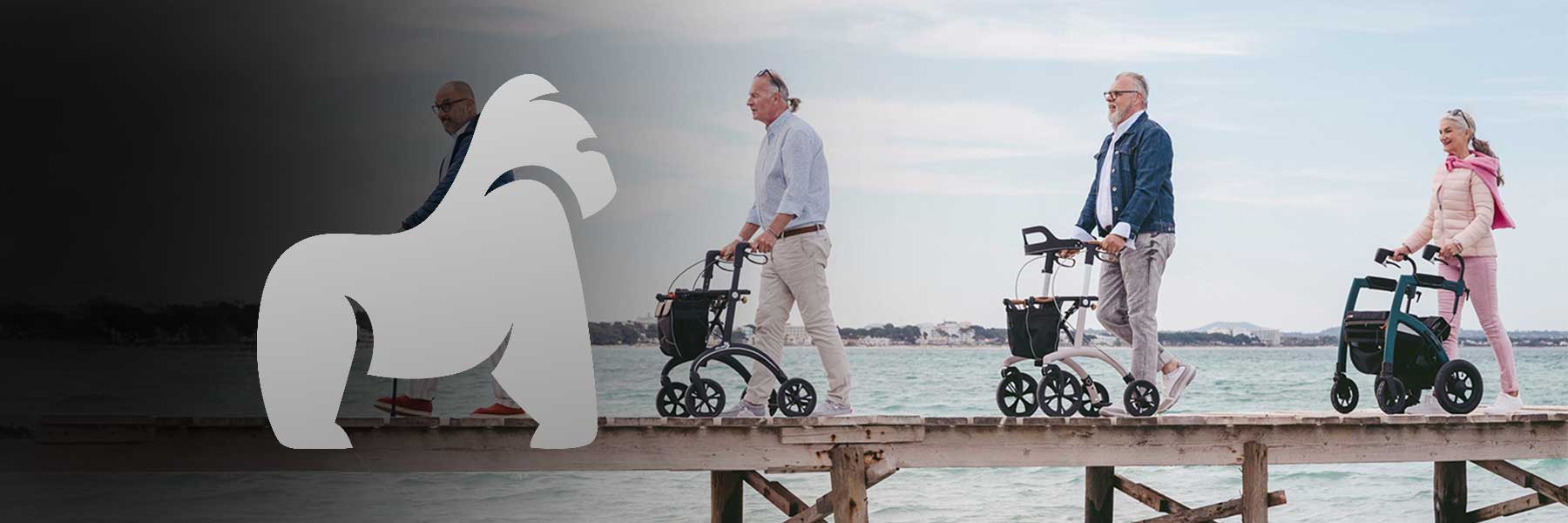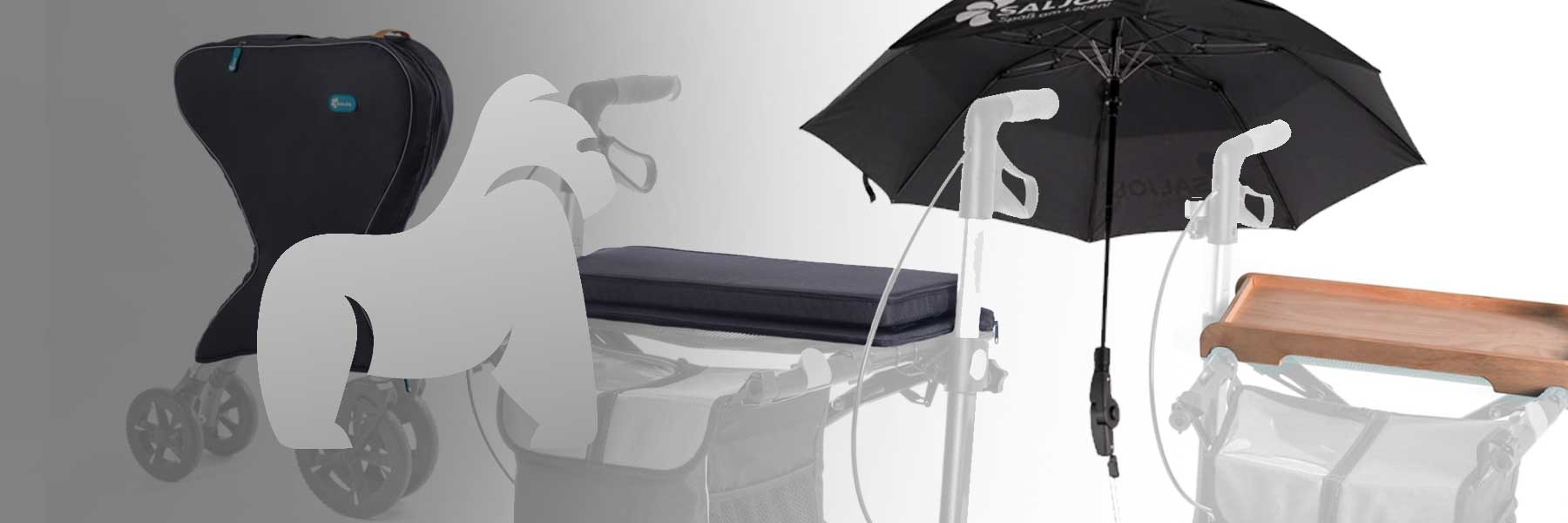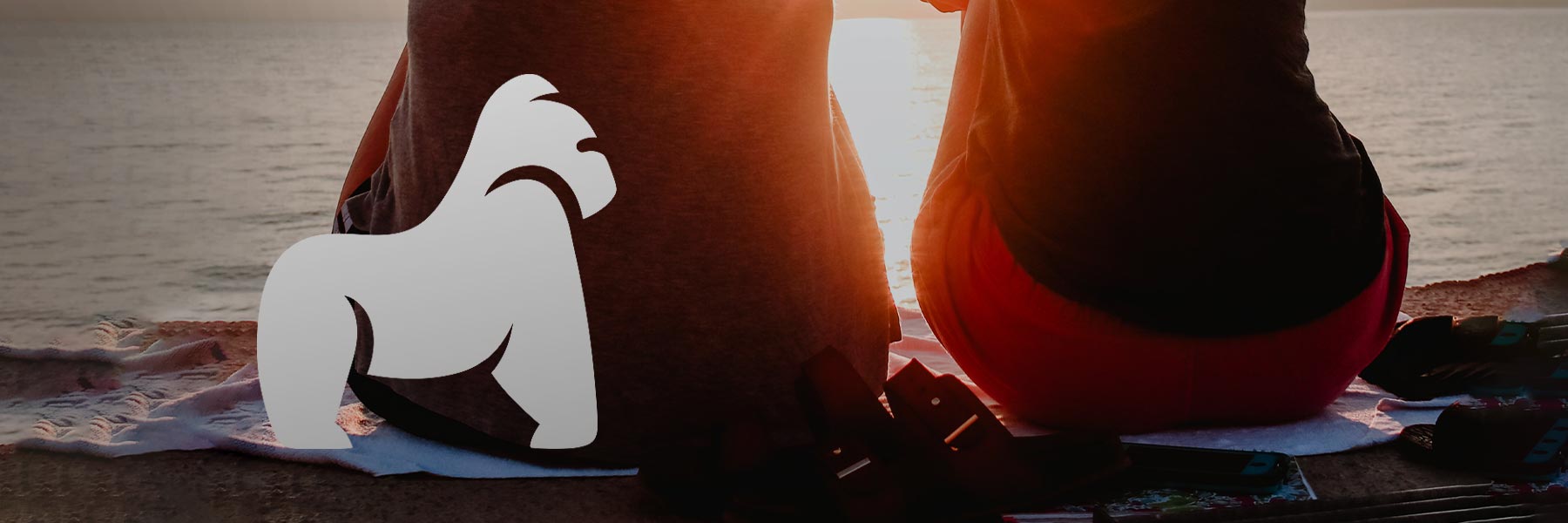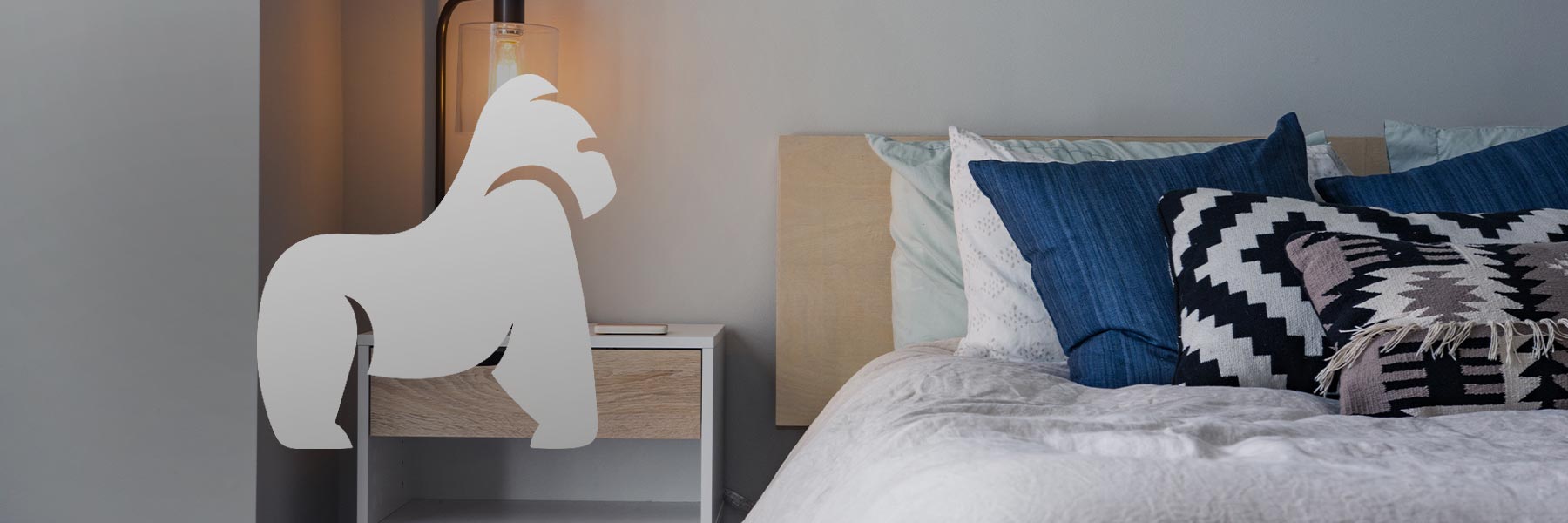
A Secure Support Mobile with Rollator Walker - Rollator Walker Models and Accessories for Every Need
Basically, a Rollator Walker is relatively simple in design: a lightweight but stable frame, four puncture-proof wheels, two handles, two hand brakes, a tray that also serves as a seat, basket or net, and practical accessories make it the ideal everyday companion. For trips on bus, train, or car, most Rollator Walkers can be folded and stored space-savingly. Here, a distinction is made between lengthwise folders, which stand space-saving and securely on four wheels, and less comfortable variants that fold crosswise.
Usually, three types of Rollator Walkers are distinguished:
The apartment Rollator Walker or Rollator Walker for the Apartment is intended exclusively for use inside the apartment or house. It is built narrower than an everyday and outdoor Rollator Walker or Outdoor Rollator Walker and has significantly smaller wheels. This allows it to be used easily within the home. It is available in classic wood design or made of lightweight aluminum, so it blends inconspicuously and harmoniously into the overall look.
With parking and transport options (tray or basket), it can be used like a mobile table or serving cart.
However, these advantages are also the most significant disadvantages of the apartment Rollator Walker – due to the smaller wheels, the risk of falling is greater (beware of carpet edges!), it is often not height-adjustable, and not as stable as Rollator Walkers designed (also) for outdoor use. Basically, apartment Rollator Walkers should be just as safe and stable as the other two types of Rollator Walkers.

As the name suggests, the outdoor Rollator Walker or Outdoor Rollator Walker is designed for use outdoors. Even off paved roads and sidewalks, it provides safe mobility on forest and gravel paths or cobblestones. A key feature is the significantly larger (front) tires, which with a somewhat wider overall stance guarantee stability and better absorb uneven ground. Quality manufacturers ensure high puncture resistance of the respective tires. Outdoor Rollator Walkers should be completely rust-free and designed for a body weight of up to about 150 kilograms. This makes them well suited for stronger Rollator Walker users. The handles of such a Rollator Walker type should be secured against twisting and shaped to meet the highest ergonomic requirements. They serve as support for the palms to relieve strain. This feature should not be underestimated when traveling longer and/or bumpy routes. It is best to test the driving characteristics on a "bumpy track" at a medical supply store or on cobblestones. The steering should be smooth and agile despite the larger tires. Since especially outdoor Rollator Walkers are often transported, they should fold easily and securely.
The everyday Rollator Walker can be used indoors and outdoors. The inexpensive standard or insurance model is usually made of steel tubing, simple and robust in construction. Typical equipment includes a metal shopping basket and a plastic seat. Thus, the standard model, paid for by health insurance, fulfills the basic functions of a Rollator Walker – but no more. Weighing up to 14 kilograms, standard Rollator Walkers are very heavy and bulky, fold less easily due to cross folding, have fewer functions, and sometimes safety deficiencies. Modern premium models lightweight Rollator Walkers or carbon Rollator Walkers impress with high stability at a comparatively low weight of less than 8 kilograms. Another quality criterion is the brakes, which must not only function reliably but also be operated effortlessly from the handle. Important for transport is the folding mechanism – so-called lengthwise folders can be folded with one hand and securely fixed in this position without pinching fingers or the walking aid tipping over in the waiting room or bus.
Our tip: Test this mechanism to ensure that the Rollator Walker does not unintentionally unfold when loading it into the car!

Brian Lorson,
Physiotherapist, Fitness Specialist and Lecturer at the Disabled Rehabilitation Sports Association:
“A Rollator Walker should not only be used when severe walking problems already exist. From a therapeutic perspective, it makes more sense to use it already with mild gait disturbances and/or dizziness symptoms or also when long walking distances or shopping become too exhausting but one still wants to remain mobile. Those who only deal with handling the Rollator Walker when strength, coordination, and mobility are already severely limited find it harder to get used to.”
Functions such as a tipping aid on both sides, which make curbs or other small obstacles easier to overcome, serve not only comfort but are a must for your safety. Premium Rollator Walkers can convince in almost all categories, as various tests have already proven. Independent institutes such as the German Society for Gerontechnology or the Healthy Back Campaign e.V. test selected Rollator Walkers under certain criteria (e.g., back-friendliness). Of course, this has its price. For the additional costs beyond your health insurance benefits, a co-payment is required.
Useful accessories: Accessories are offered for most Rollator Walkers . Here, too, there are differences. While Rollator Walker accessories for standard models are only universal, various premium manufacturers offer individually adjustable and tool-free mountable back straps and umbrellas, a senior-friendly lock for the Rollator Walker, or even theft and vandalism insurance that guarantees replacement in case of damage. Many useful features of premium models can be retrofitted – it is best to pay attention to your desired equipment during consultation with the specialist to best meet your needs.






